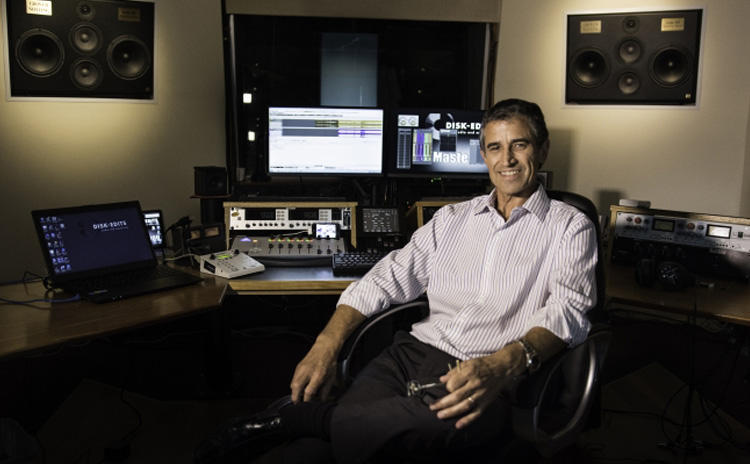Neville Clark - In his words

Disk-Edits commenced in 1993, at the leading edge of the digital changes sweeping our industry. I was one of the first in South Australia to use a multi-channel, professionally equipped, Digital Audio Workstation for the editing, compilation and final output of master tapes prior to CD manufacture and for post-production.
With increasing work, we moved to larger premises in 1999 and built a dedicated mastering space as well as a small well isolated recording space and second control room for tracking and mixing.
Our work has included mastering for many of the great artists who have emerged from South Australia and gone on to national and international success. Our sound and post production work can be heard in museums and interpretive centres across Australia and our desire to bring the highest quality to location recording of fine music has culminated this year, with the recording and release of our first DXD product for South Australia.
Our custom mastering space used a larger soffit mounted midfield speaker system that the room was originally designed around. So, after 16 years my decision to change monitoring was not taken lightly.
I had struggled with inconsistencies with the space and exhausted most avenues of room treatment (within reason) over a long period. I was beginning to question my own ability and after so much investment of both time and money, felt quite disappointed with my workspace. After watching the Grover Notting product take shape and many discussions with Frank during the formative and design process, I felt it was time to try a completely different fresh approach.
The installation of the Grover Notting Mastering Series Code-102 speakers and associated Power Plants has been a revelation. I have gained a substantial improvement. The room reacts more predictably and the sound is much more consistent at most positions, even for clients towards the rear of the room over a greater range of listening levels. There is a distinct improvement in linearity, with far less obvious peaks and dips across the working audio spectrum, in particular the low frequencies and mid-range, making my decision making in the mastering process, a lot more precise and enabling me to work quicker.
On a personal level, I feel that I can make decisions more confidently and work more productively, consistency across my work has improved.
I also use the Grover Notting CR-1 speakers as my Cross Reference and I find the voicing between the two systems remarkably consistent, despite the obvious size difference.
I have also discovered that transferring my work out of the mastering space is yielding greater acceptance and conformity, with less issues arising with mix revisions.
Whilst there was a short period of acclimatisation to the Code 102 system, and some further adjustments to my room, I believe that my mastering room is now a very accurate and pleasant space to work in, attested to by the reaction of my many loyal clients.
We have since gone on to install Grover Notting Universal Series Code 4s and a Universal Series Power Plant in our studio 2 space, with CR-2 Cross Reference. This too has created a far more accurate environment for us to work in and the feedback so far from engineers and clients is very positive.
